-

Critter of the Week: Macrolabrum maui – a hermit with a difference
Some of our colleagues have just published an article on a new species of tanaid from New Zealand that was found living inside tiny gastropod shells! -

Critter of the week: Falsimargarita gemma - the iridescent Antarctic snail
This iridescent snail from the freezing cold, deep waters of Antarctica is Falsimargarita gemma (E. A. Smith, 1915). -
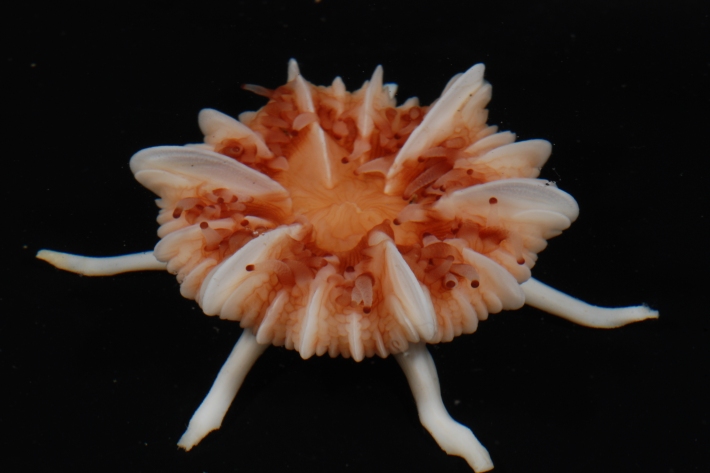
Critter of the Week: the solitary cup coral - Stephanocyathus spiniger
This stunning creature is a solitary stony cup coral species, Stephanocyathus spiniger (Marenzeller, 1888). -

Tiny find fascinates squid scientists
News article07 July 2015Another colossal squid is under examination in Wellington, but this one could fit in the palm of your hand. -
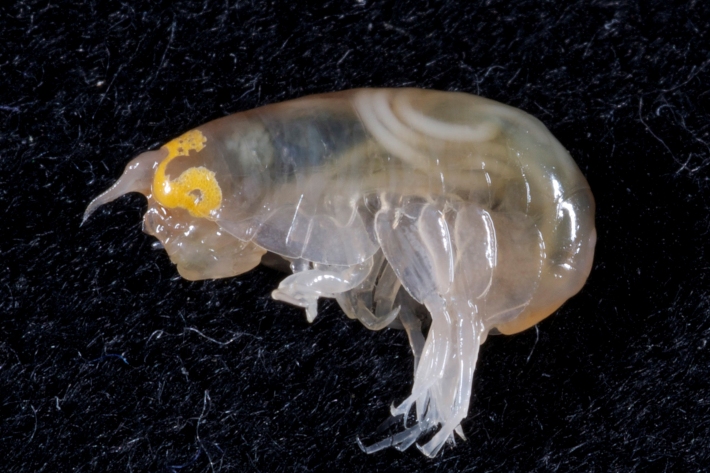
Critter of the Week: Trophomera sp.: the lowest of the low
This week we introduce to you the deepest parasite ever recorded, a nematode of the genus Trophomera Rubtzov & Platonova 1974. -
Critter of the Week: Telopathes (black coral)
This week we look at Telopathes (black corals). -
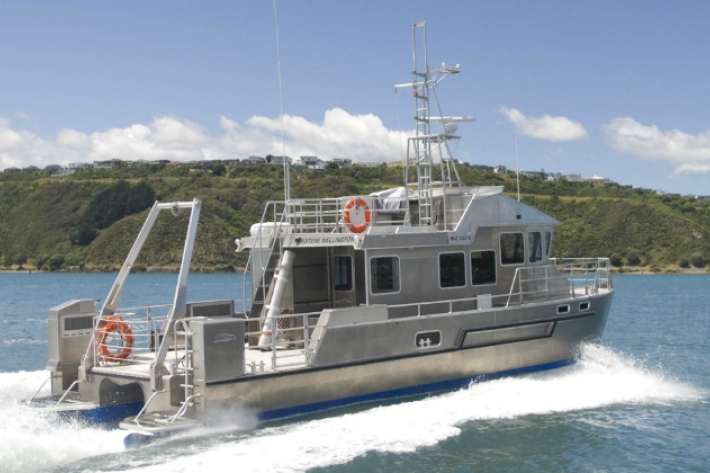
NIWA, DOC, Victoria University and LINZ collaborate to map Kapiti’s submarine landscape
Media release04 June 2015A team of marine geoscientists from New Zealand’s National Institute of Water and Atmospheric Research begins mapping the submarine landscape of Kapiti Island and Coast on Friday, 5 June. -
Critter of the Week: Barentsia - Entoprocta – Goblet worms, or nodding animals
This week’s Critters include a large branching hydroid, to which is attached two curious, and little-known, invertebrates. -
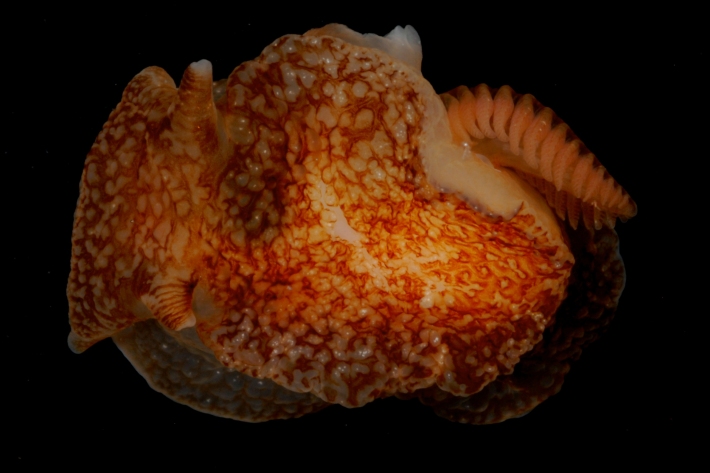
Critter of the Week: Pleurobranchea maculata, the side-gilled seaslug
The toxic grey side-gilled seaslug. -
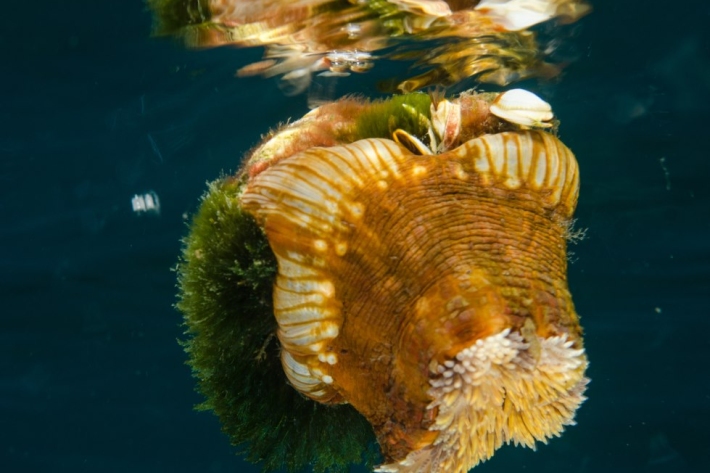
Critter of the week: Calliactis polypus – pumice hitchhiker
This week we look at Calliactis polypus anemone. Calliactis are commonly a symbiont living on the shells of hermit crabs, but it is known to attach to other objects, such as pumice. -

NIWA’s glider launched into service for sea science
News article04 May 2015Exploring the frontier of New Zealand oceanographic research is the launch mission for Manaia, NIWA’s newly named underwater glider.


